Customer service involves much more than just exchanging pleasantries during a purchase or answering questions on your business line. Psychology intersects with customer service and plays a vital role in determining the success or failure of the customer-business relationship.
When your customer support team understands the underlying psychology, they’re able to deliver a positive experience even in bad situations.
The ultimate goal is to have every customer depart from the business with positive feelings toward the service they received. However, despite the best intentions, circumstances may still arise where this ideal outcome is not achieved.
Providing excellent customer service becomes even more challenging when one lacks the necessary information. Let’s dive in!
Quick overview:
- What is Customer Service Psychology?
- Managing Emotions in Customer Service
- What is Emotional Intelligence?
- Maslow’s Hierarchy of Needs
- 15 Customer Service Psychology Tips Based on EI
What is Customer Service Psychology?
Customer service psychology requires you to understand the range of customer behaviors and emotions to serve them better.
It can be difficult at times to understand emotions as they can be a bit tricky. They can change at any moment and in a split second.
If you do not know how to handle these types of situations, your customers will leave unhappy with their experience and may never return. This can become costly over time. Losing relationships also means a loss in sales and, thus, higher churn.
Whether it be in person or on social media, keep each customer connection positive. Learning the psychology of customer service and how to manage emotions will help your business thrive even further.
Managing Emotions in Customer Service
There’s a great deal of value in knowing the different types of emotions you may face daily.
Although not all customers are the same, specific “triggers” can cause the same reaction in most people.
You need to use the power of psychological behavior to ensure you don’t unnecessarily trigger negative responses.
It’s essential that every person who works in customer service understands that emotions are what dictate our decisions.
When a customer comes into your business, their first impression of you matters. Every customer service interaction and touchpoint also matters. Recognize that the actions you take or do not take speak volumes to customers.
Treat your customer as if they were thy self. It may sound a little Shakespearean, but the truth still resonates.
Tap into that cognitive bias
If your first action were to take personal responsibility for the customer’s problem and make it your duty to present a solution, customers would respond differently.
Psychologically, you are making them aware that they are essential to your business while, at the same time, meeting their needs. Essentially, you become their customer service expert, which can create a halo effect.
This effect is a type of cognitive bias. It’s when the overall impression of a person or business influences how they feel and think about their character. Thus, you want people to have a positive impression of you. To do this, you’ll need a firm understanding of emotions, customer behaviors, and how to provide great customer service.
Your customer service agents need to be effective in taking on a positive and dedicated attitude.
For this to happen, you and your team must first learn about emotional intelligence.
What is Emotional Intelligence, and Why is it Important in Customer Service?
A simple Google search provides a definition of emotional intelligence. It’s the capacity to be aware of, control, and express one’s emotions and to handle interpersonal relationships judiciously and empathetically.
Most customer service representatives will already be highly familiar with some of the most critical customer service skills:
- Patience
- Attentiveness
- Clear communication
- Product knowledge
- Use of positive language
- Time management
- Read customers behaviors
- A calming presence
- Empathy
- Tenacity
Although this is only a shortlist of essential customer service skills, it’s evident the majority of them require some “emotion management.”
If there is a lack of knowledge or understanding about Emotional Intelligence, it’s almost impossible to possess these skills, as most are directly related to it.
With that said, if you choose to grow your knowledge and strengthen your skills, the higher your emotional intelligence will be, but to make this happen does require a lot of effort.
Positive and negative emotions are often a reaction to needs, either being or not being fulfilled or met.
A Theory of Human Motivation
To better understand what those “needs” are and how to address them, let’s turn to a psychology theory proposed by Abraham Maslow in 1943 called “A Theory of Human Motivation.”
The connection is that most people’s motivation comes from what they “need,” and depending on how it’s received is what will determine their emotional response.
If you can control your own emotions in light of others and do so reasonably, then your emotional intelligence is highly developed.
For a more in-depth view of Abraham Maslow’s theory, let’s look at Maslow’s “Hierarchy of Needs.”
Maslow’s Hierarchy of Needs
Recognizing people’s “needs” is the best way to learn how to manage emotions; thus, you can become a master at customer service psychology.
Maslow’s hierarchy of needs is in the shape of a pyramid, with the primary needs at the bottom.
At the top of the pyramid is where the need for self-actualization and transcendence is located.
Maslow believed that an individual’s most basic needs must be met before they become motivated to achieve higher-level needs.
Today, the theory has been modified. People prefer to think of these levels as “continuously overlapping each other.”
Hierarchy Pyramid
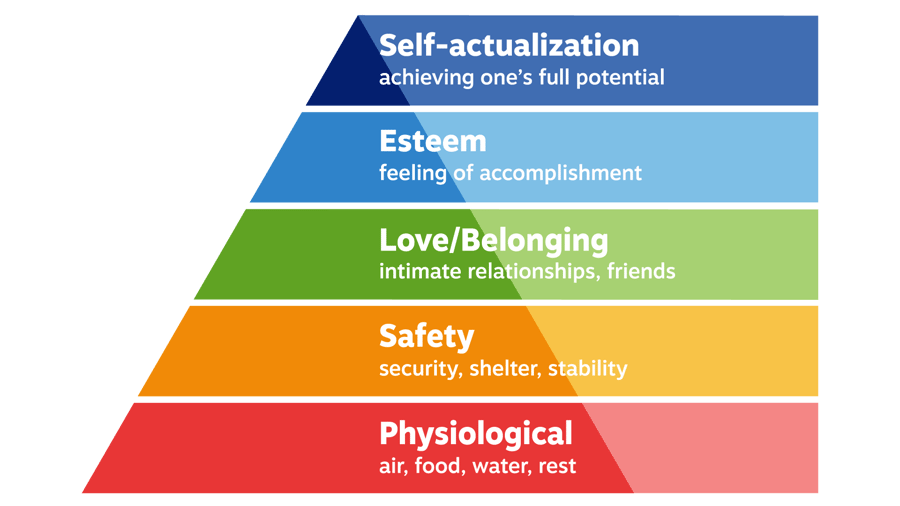
(Top of the pyramid)
- Self-actualization (To realize one’s full potential)
- Esteem – (Respect and admiration) – Basic Need
- Love/belonging (Comprises of caring, compassion, empathy, acceptance and approval, attention, and affection) – Basic Need
- Safety (Well-being, protection, and security.) – Basic Need
- Psychological (Mental and emotional state of a person/What affects the mind) – Basic Need
(Bottom of the pyramid)
The bottom four parts of the pyramid contain what Maslow called “deficiency needs.” These are esteem, friendship and love, security, and physical needs.
If these “deficiency needs” are not met, except for “Psychological,” it will cause an individual to feel anxious and tense, even without giving off signs they are experiencing these feelings.
This pyramid can be applied directly to customer service psychology in terms of customer “needs.”
It’s essential to recognize what an individual is potentially going through when experiencing customer service and how to manage outcomes better.
For example, it’s only reasonable that a customer stresses out when you don’t meet a deadline. In the pyramid, the second part addresses the basic need for “Safety.”
If complications do arise during the buyer’s journey, the customer may become overwhelmed with worry that delays could cost their purchase to be lost or broken.
Now, let’s look at 15 tips to help you improve customer service with Maslow’s Hierarchy Pyramid in mind.
15 Customer Service Psychology Tips Based on EI
1) Show Customers They Matter
At the top of the pyramid, you may notice how it becomes less about survival and more about the ego and self. All individuals desire to be accepted and valued by others (Esteem).
As part of your daily decision-making, choose to give each customer your undivided attention and an earnest attempt to solve their concerns. Tell them if you do not know something, but follow up with, “I will find out.”
Make each customer service interaction count.

Top resource: Making Customers Matter EBook
2) Answer Every Query
When you respond to all queries made by customers, you show them a willingness to resolve any issues and answer any questions. (Safety)
This is an excellent way to build trust, loyalty, and to gain their honesty.
Just say, “I would be happy to help you with this” as soon as you receive a customer query.
Refrain from babbling or trying to “wing it” to prevent negative experiences from happening.
Be transparent with what you know and eager to find out what you do not know. Actively listen to your customers needs to resolve them quickly and efficiently. This applies to both online and offline customer interactions.

Top resource: What Customers Crave: How to Create Relevant and Memorable Experiences at Every Touchpoint EBook
3) Answer Politely and Clearly
What you say is just as important as how quickly you say it. Use positive phrases and terms when responding and conversing with customers. Show them the respect they deserve. (Esteem)
Avoid using negative words like, “I do not know, Nope, Calm down.” Use the art of communication to connect with people. Choose your words wisely.
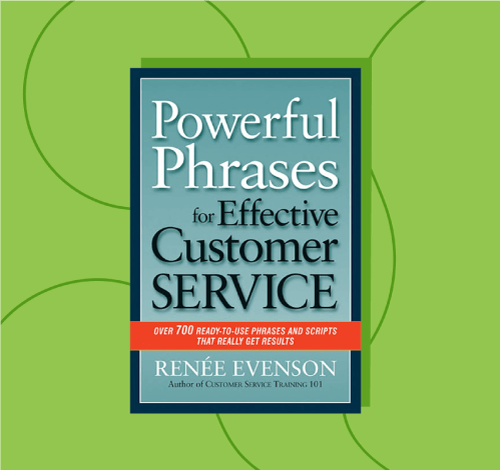
Top resource: Powerful Phrases for Effective Customer Service EBook
4) Respond Quickly
When you respond to customer comments, questions, queries, and reviews, quickly, you show them that you care. (Love/belonging)
Not only do you care about their time, but about providing the information or attention, they requested or required.
If you take too long, people will become unhappy, and it could cost you a customer. Respond promptly, do not keep them waiting.

Top resource: The NOW Revolution: 7 Shifts to Make Your Business Faster, Smarter and More Social
5) Provide Availability
Showing customers you are available to them via multiple channels, makes them feel a sense of belonging. When you provide the attention they want, when they want it, it creates a happy customer. (Love/belonging)
If you are unavailable, it can have a lasting impact not just on customer experience but your company’s bottom line.
Do not say, “It’s not during office hours” to your customers. Tell them you are always “here” to help them. If you do not, they will go to someone available.

Top resource: Competing for Customers: Why Delivering Business Outcomes is Critical in the Customer First Revolution Ebook
6) Identify Customer Needs
Identify what your customers need from you through keyword research, social listening, analytics, and focus groups. (Esteem)
When you can meet or exceed a customer’s expectation without them even telling you what they are, you present to them an exceptional experience.
Listen to your customers and refrain from repeatedly asking them, “What do you want?” Show that you respect them by taking the time and using insights to “get to know them.”
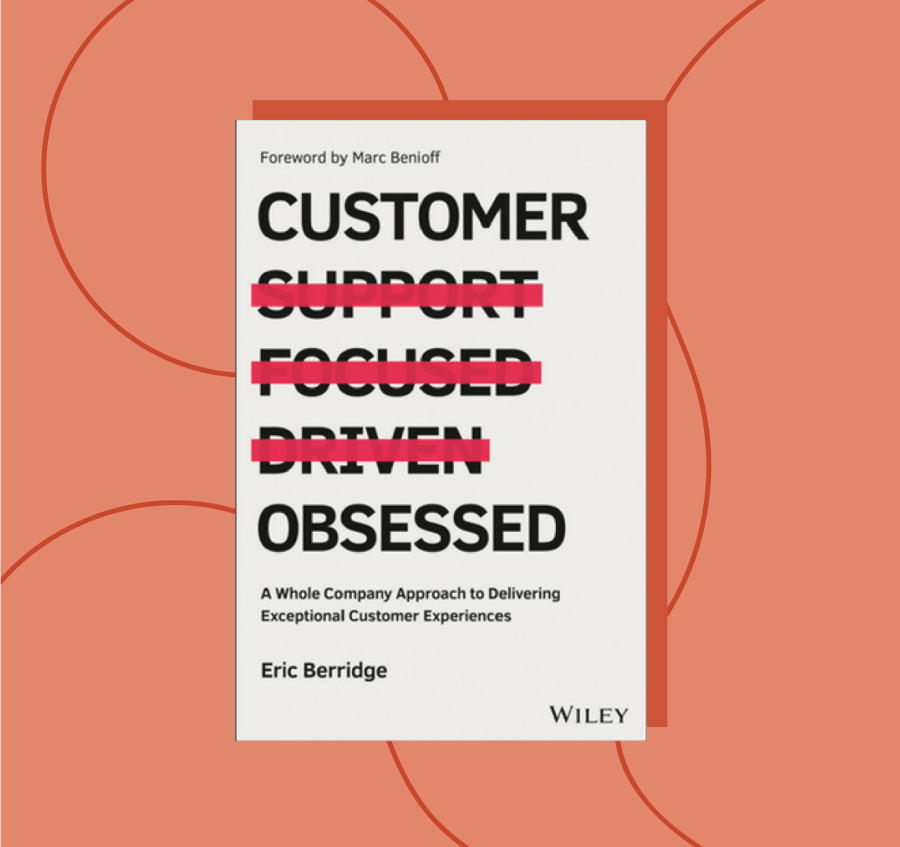
Top resource: Customer Obsessed: A Whole Company Approach to Delivering Exceptional Customer Experiences Audiobook
7) Resolve All Issues During the First Interaction
First impressions are vital to every business. If a problem comes up, and you don’t take action to try and resolve it, customers will leave. They have not built trust with you, and loyalty does not exist yet. Show them respect by taking their issues seriously (Esteem)
Show them you are their support team and will work hard to resolve all their issues the first time.
Don’t blatantly treat new customers different from existing ones, either. If you do, it will be much harder to turn a new customer into a loyal one.

Top resource: Business Etiquette: Adding the Polish That Builds Profits Audiobook
8) Deliver Emotion
Give customers ways for them to express or feel emotions. Use humor, intelligent questions, or nostalgia to steer their mind towards a particular direction. (Psychological)
When you offer relevant and emotional content or conversations, you open the doors for the customer to connect with you. They will associate the good feelings with experiences they have with you, thus, making them want to come back again.
Do not share irrelevant information. What you share needs to be relevant to your work, the products, or services offered.
Refrain from sharing negative emotions or items that can be associated with sadness, anger, or negativity.
Keep the environment and interaction positive.
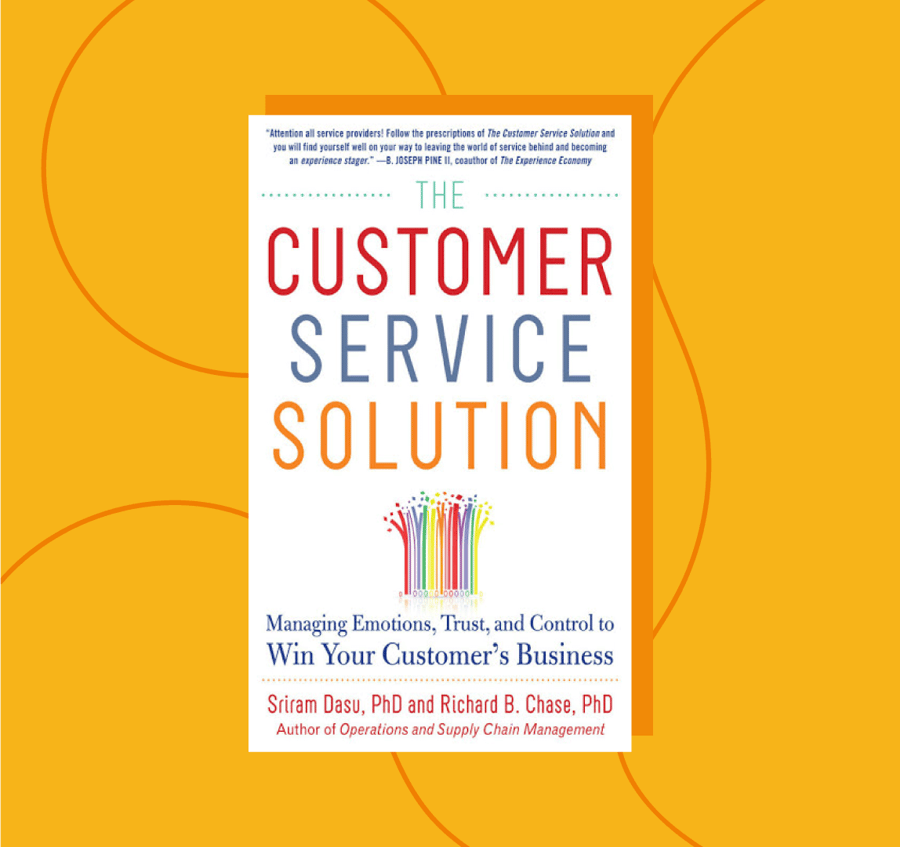
Top resource: The Customer Service Solution: Managing Emotions, Trust, and Control to Win Your Customer’s Business Ebook
9) Exhibit a High Level of Reliability
When customers know you will be there for them and they can rely on you, they feel a sense of security. They will feel like you will not let them down.
As the old saying goes, “Do as you say and mean what you do.” Let them know they can trust you, and a healthy relationship will form.
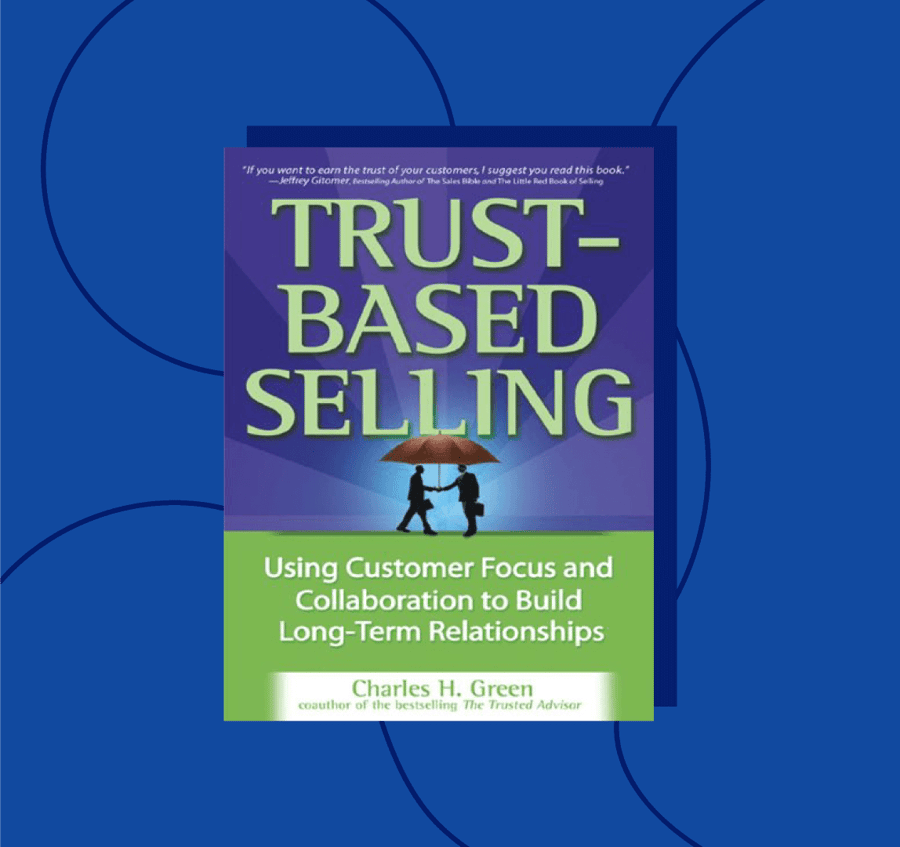
Top resource: Trust-Based Selling: Using Customer Focus and Collaboration to Build Long-Term Relationships Audiobook
10) Offer Convenience
Being mindful of customer’s time shows you care. Giving customer convenience in every way possible is considerate, and customers love it. (Love/belonging)
Ask customers if they’d like home delivery. If this is a service you offer, it saves customers time and the need to travel.
Think of how to make their lives easier, without taking shortcuts or lessening quality.

Top resource: The Convenience Revolution: How to Deliver a Customer Service Experience that Disrupts the Competition and Creates Fierce Loyalty Ebook
11) Keep Promises and Fulfill Commitments
Never over promise or under deliver. When you promise your customers something, stick to it. If for any reason, something changes, be respectful, and inform the customer straight away.
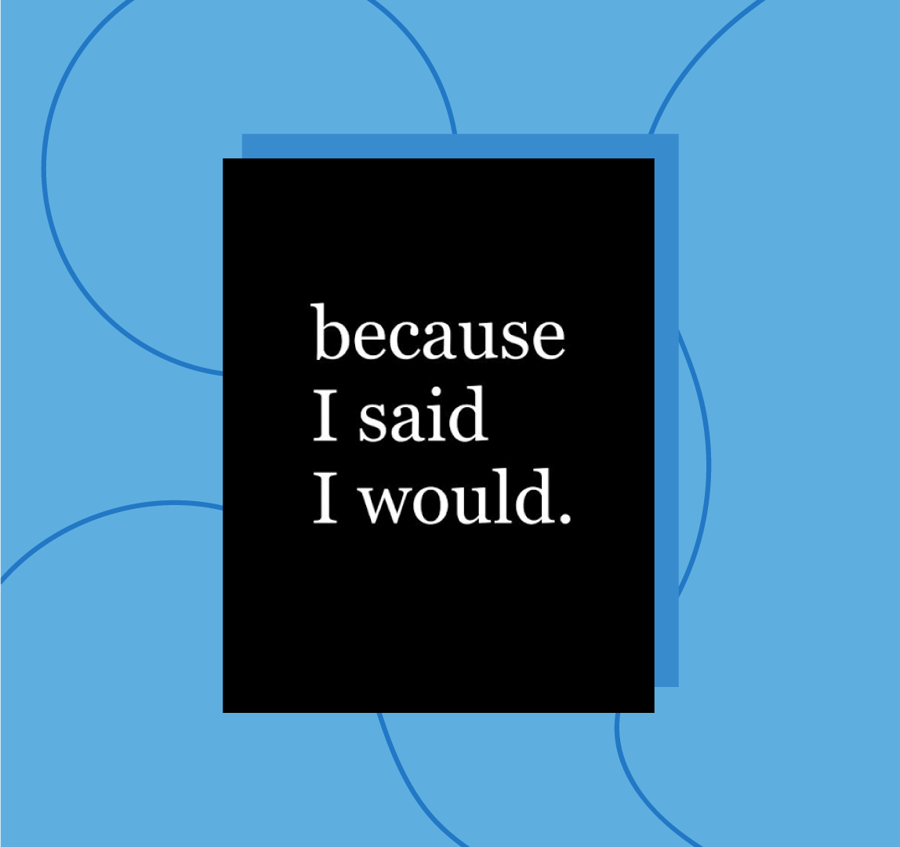
Top resource: because I said I would. Ebook
12) Show Empathy
Presenting customers with an understanding of how they are feeling in any given situation shows you care. Convey to your customers, “I’d be frustrated, too.” in times when it’s needed. (Love/belonging)
Refrain from being “cold” and robot-like. It can turn angry customers to irate ones, quickly.
Show humanity and that you genuinely care.

Top resource: This Is Marketing: You Can’t Be Seen Until You Learn to See Audiobook
13) Check In with Customers and Follow Up
Ask customers, “Are you finding everything okay?” Asking questions, like this one, lets customers know you respect them. You want them not to waste their time searching for items they are finding difficult to locate. (Esteem)
Just a few words can show a willingness to help. Do not ignore their confused looks and puzzled expressions. Extend a hand and help.
Customer service should also go beyond the sale. Follow-up with customers who recently bought a car from you or purchased the Internet service you offer.
Let them know that their happiness with your products and services matter to your small business.
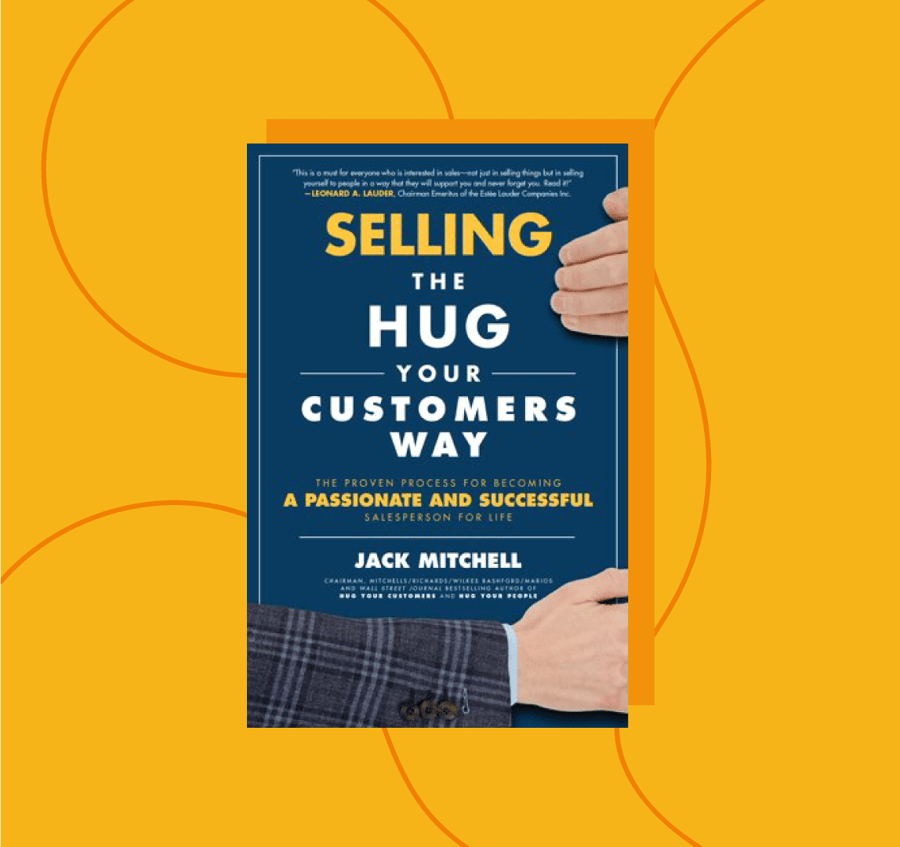
Top resource: Selling the Hug Your Customers Way: The Proven Process for Becoming a Passionate and Successful Salesperson For Life Audiobook
14) View Customer Complaints as Opportunities
It’s a fact, not every customer will be satisfied with the service you provide, even if you feel you did your best. There are also customers who complain about their experience, but many more who don’t.
When a customer expresses their dissatisfaction, your response needs to be, “I really appreciate you letting us know.” Change their feelings by changing their mind. (Psychological)
Don’t become upset or get angry. Some tend to portray a psychological phenomenon called the Online Disinhibition Effect. This is when you go online without your name and photo visibly attached to your profile and let your anger loose.
For some reason, human beings feel like the online world offers some form of identity protection, even when they cognitively know this is not the case.
So, what happens?
You let your inhibitions and self-boundaries go. You end up responding in ways you would never do if you were in person.
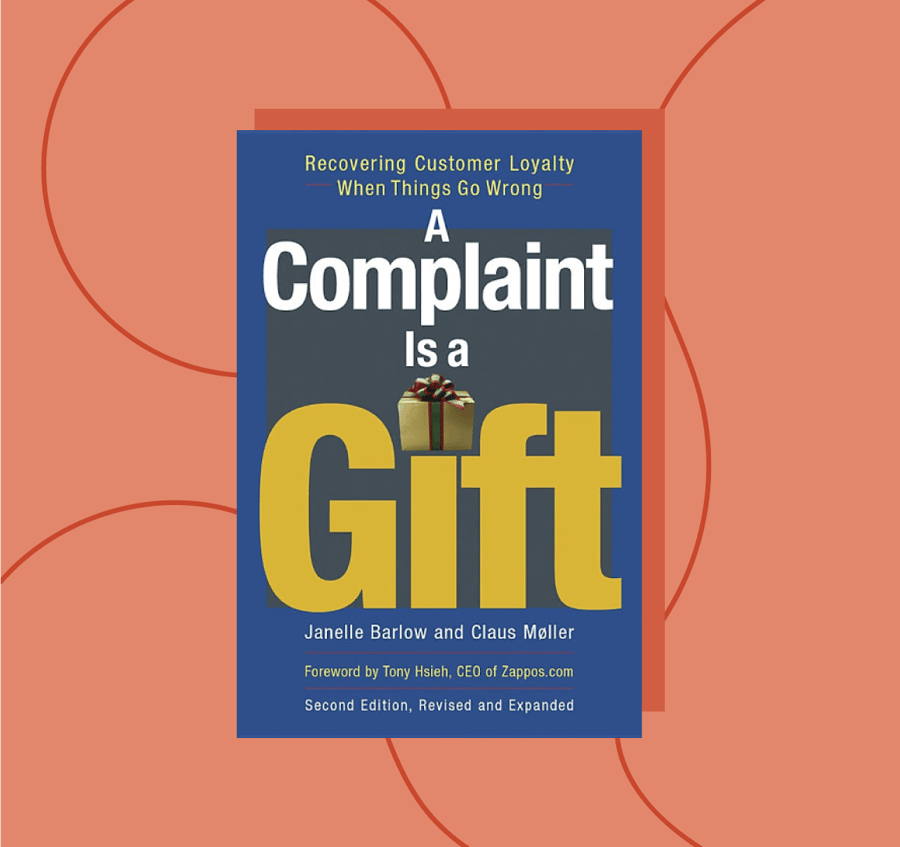
Top resource: A Complaint Is a Gift: Recovering Customer Loyalty When Things Go Wrong, Edition 2 Ebook
15) Show Gratitude
Nothing says you care for your customers more than giving them a simple, “Thank you.”
Whether you thank them for a recent purchase or show appreciation for choosing you, you will make them feel good.
Do not take your customers for granted. Tell them that you care and thank them for choosing you and your business.

Top resource: The Thank You Economy Ebook

















 Customer Experience
Customer Experience 








